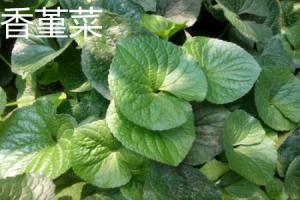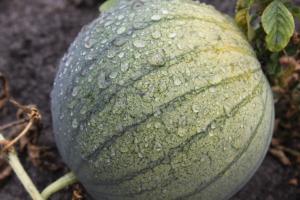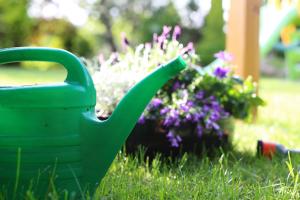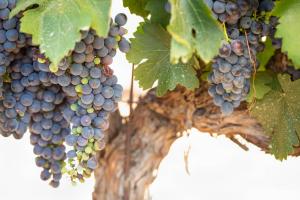1、 Temperature
Because jasmine is native to India, it prefers high temperature. Cold prevention measures must be taken in winter to prevent frostbite
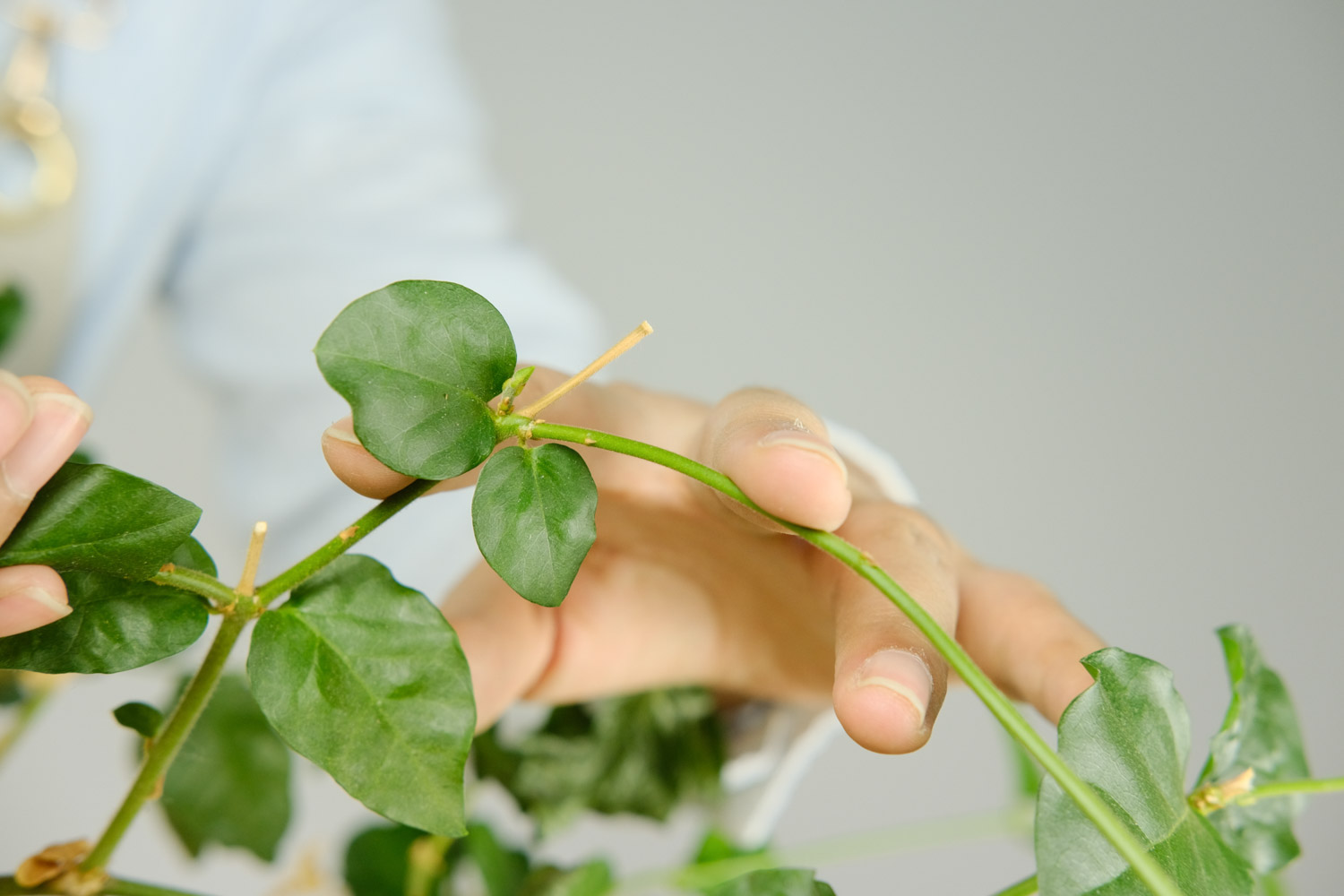
2、 Pruning
Jasmine is actually a vine, so there will be a problem of long single branches during breeding, which is very abrupt on the plant and affects the beauty. We should keep the plump plant type of jasmine through pruning. This kind of branch often grows vigorously. When pruning, do not simply cut it flush with other branches, but slightly concave and shorter than other branches. In this way, the branches that grow after the plant sprouts again also have a certain growth space
The pruned branches can be cut. When the temperature is above 20 ℃, insert the section close to the branch incision into the soil to provide appropriate climatic conditions, and it will take root and grow into new plants
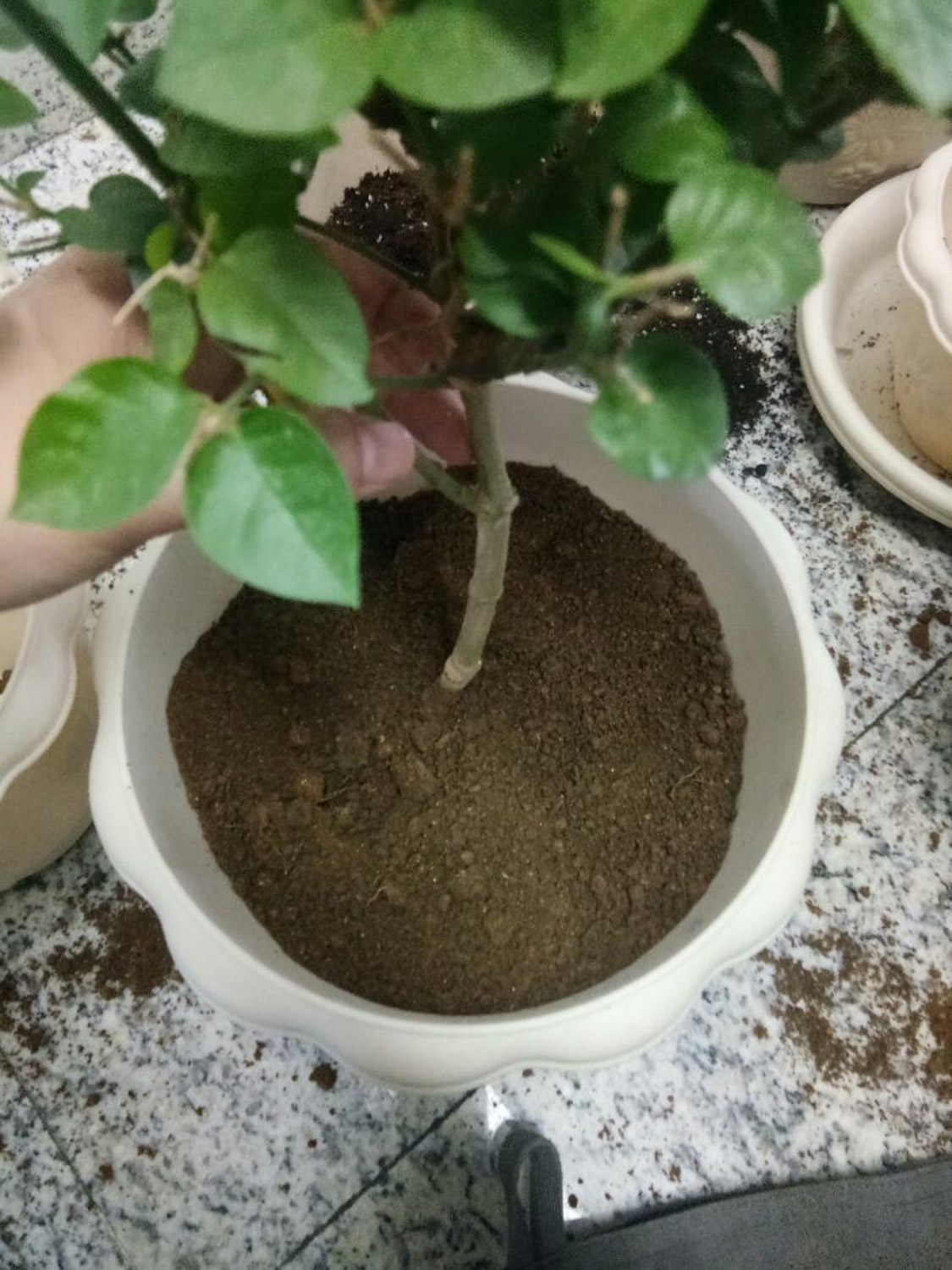
3、 Moisture
Jasmine likes a humid environment. It has high requirements for water, so it can't be in a relatively dry environment. If the basin soil is too dry, the root system will be damaged
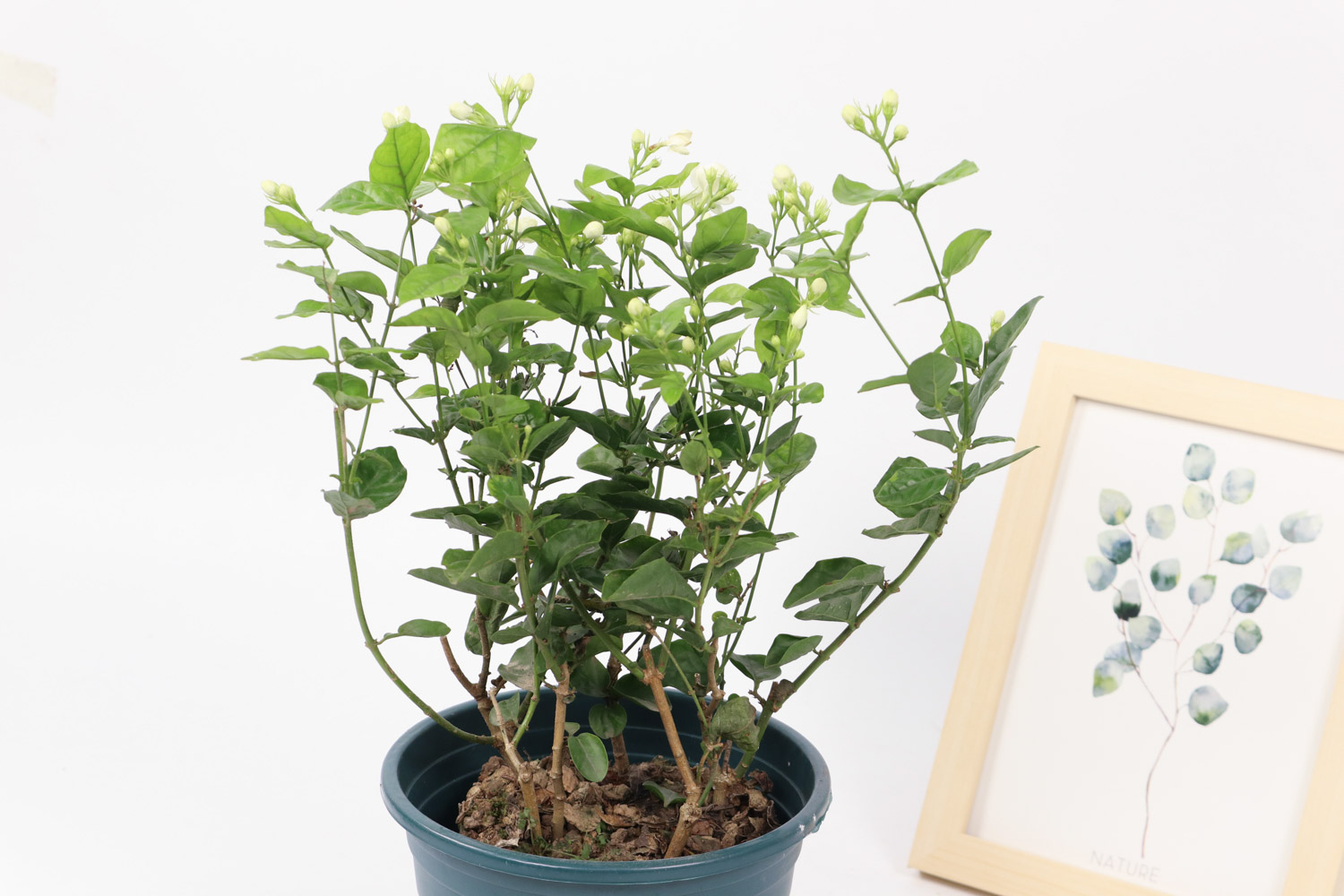
4、 Illumination
Jasmine likes strong sunlight. There is a saying among the people that "Jasmine can't die in the sun". As long as it is exposed to the sun during the growth period, it will grow better. If you breed in the dark for a long time, there will be many thin branches, yellowing, falling off, scorched edges and dry edges
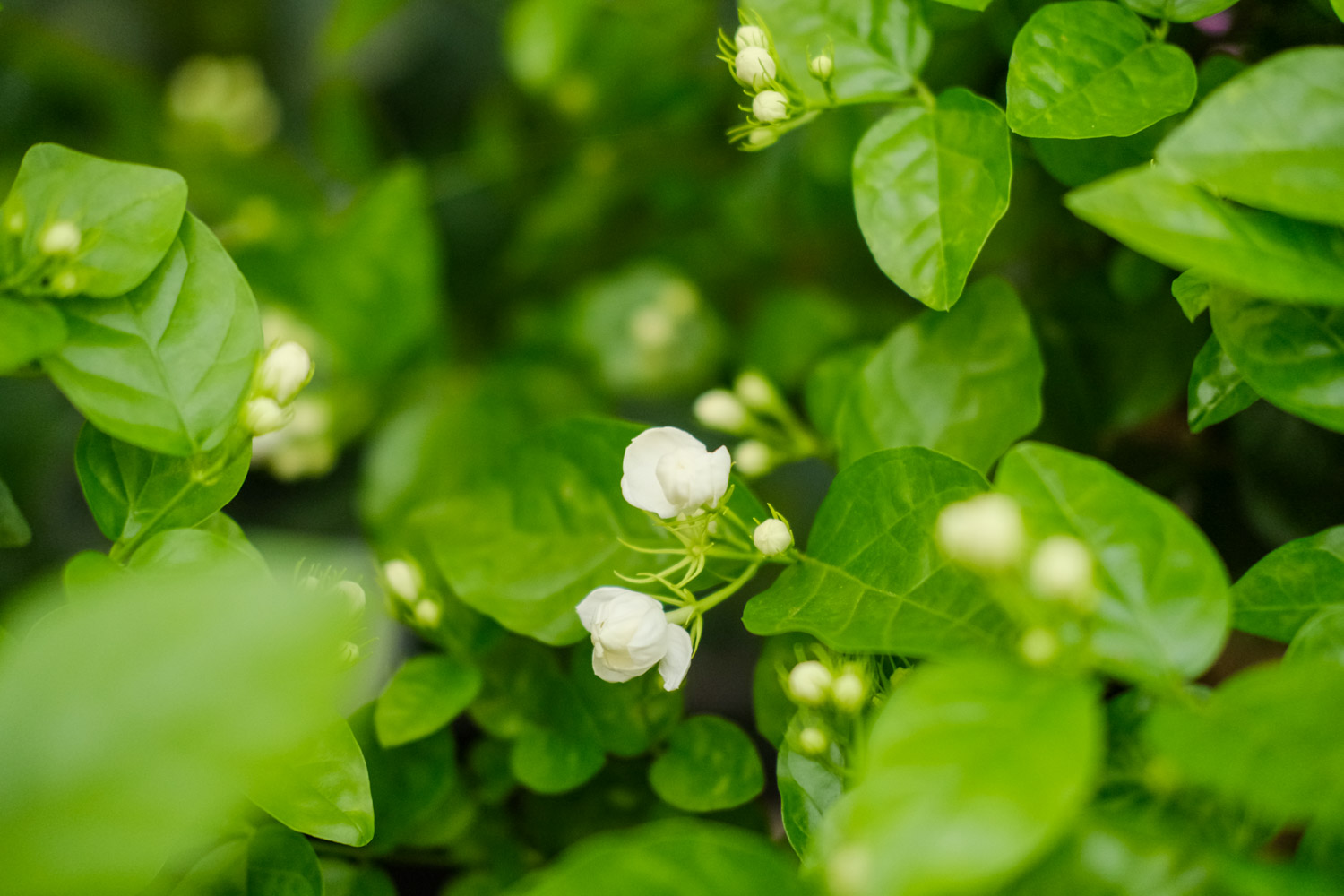
5、 Fertilization
Jasmine has a lot of flowers, so it consumes a lot of nutrients. During the growth of jasmine, thin compost should be added once in about half a month. The type of fertilizer can choose the commonly used organic fertilizer, such as retting soybean cake water, compost, etc., or slow-release fertilizer and compound fertilizer on the market. The principle of "thin fertilizer and frequent application" shall be followed when applying fertilizer, and the one-time amount shall not be too large. Especially in winter and high temperature season, fertilization shall be avoided, and the effect of re fertilization in growth period is better
6、 Diseases and insect pests
It is similar to that of a spider. Sometimes, there are small yellow lint on the leaves, which is similar to that of a spider. Sometimes, it is found that there are small yellow lint on the leaves, which is not the same as that of a spider
Solution: we can wash the back of the leaves with water. If it is serious, we should spray the whole plant with acaricide to kill the red spider

 jackfruit
jackfruit snake plant
snake plant hibiscus
hibiscus hydrangea
hydrangea lavender
lavender Green roses climb al...
Green roses climb al... If you don't pay att...
If you don't pay att... Management of four g...
Management of four g...
